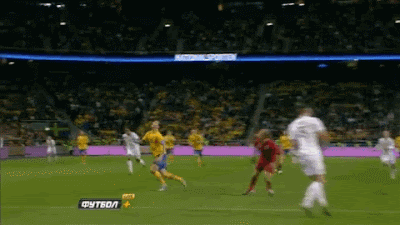Hey guys, I'm back with a new topic. This time I'll be talking about Africa's fork-tailed drongo that makes fake danger calls, just to steal food from other birds. Over the years, scientists have studied the fork-tailed drongo and have discovered that is has learned how to mimic a few other danger calls of other species that live in the Kalahari Desert.
Fork-tailed drongos aren't the only birds that have mastered the art of mimicry, but they're the first ones that are known to be smart enough to use it to their advantage and to change the way it sounds if the first try fails.
Even though they are small in size, are very aggressive and aren't afraid to take on predators such as hawks and eagles, especially if their nests are threatened.
Something that I found interesting is that it could change the way the mimicked danger call sounded. I chose this topic because I like animals and how they react differently to things.
That's all for today guys see you next time.









